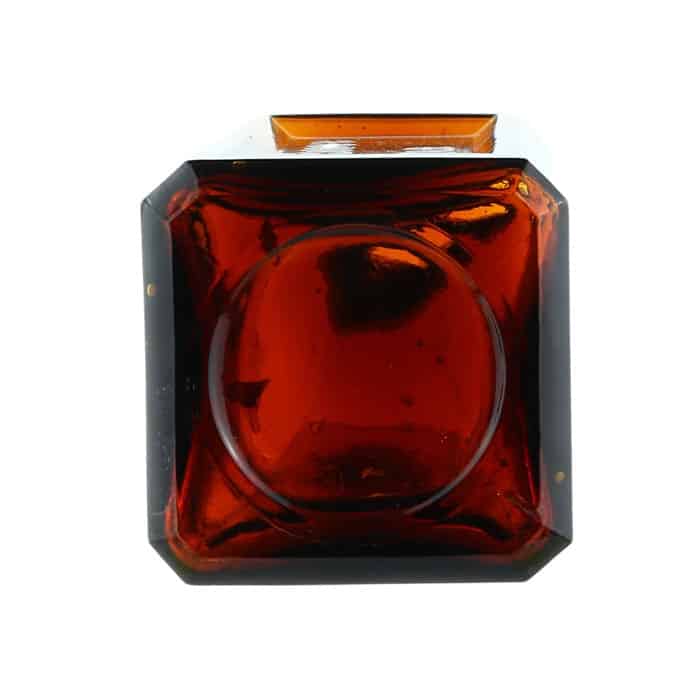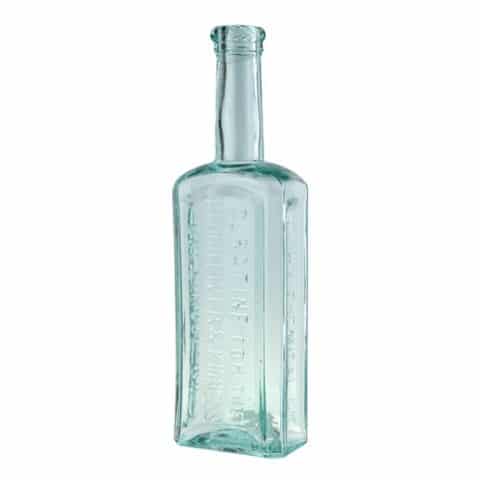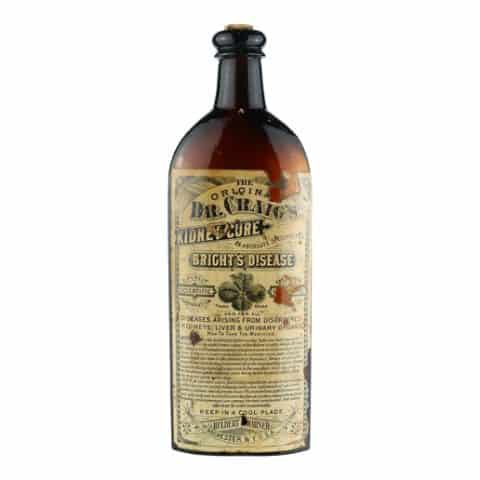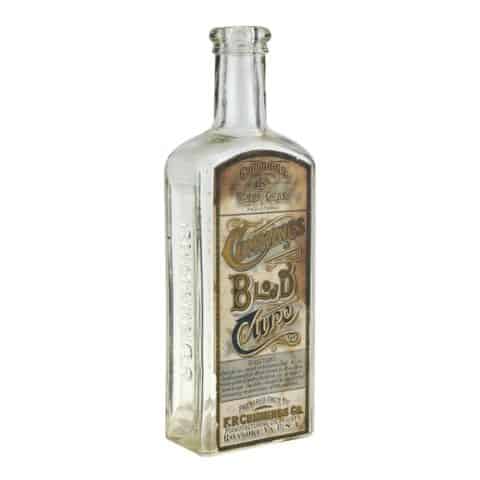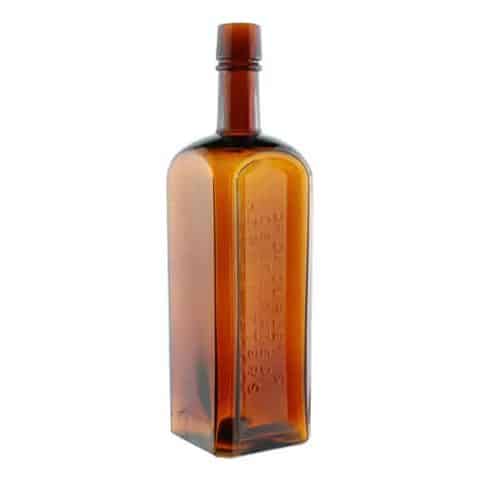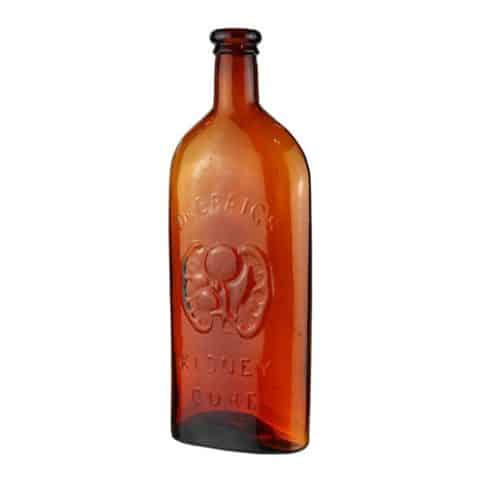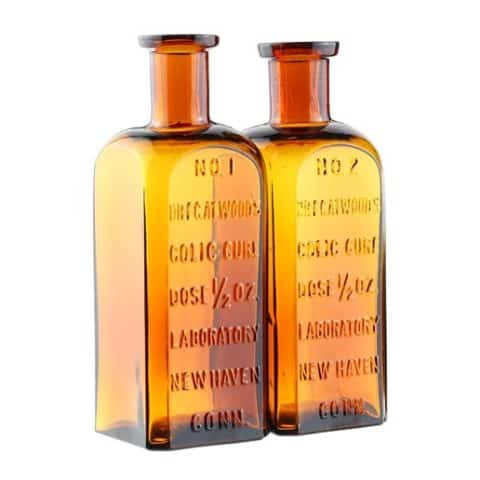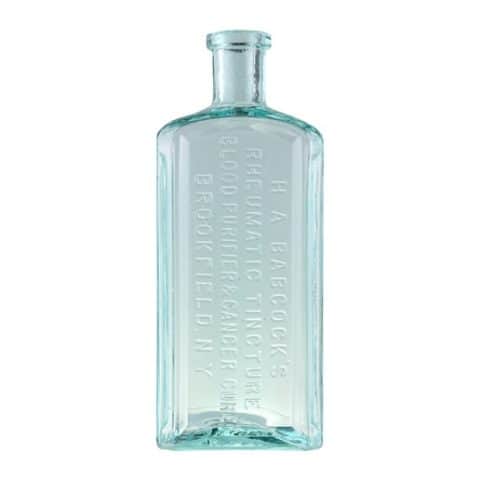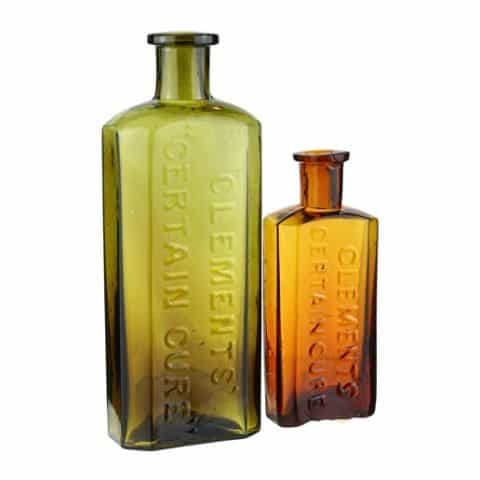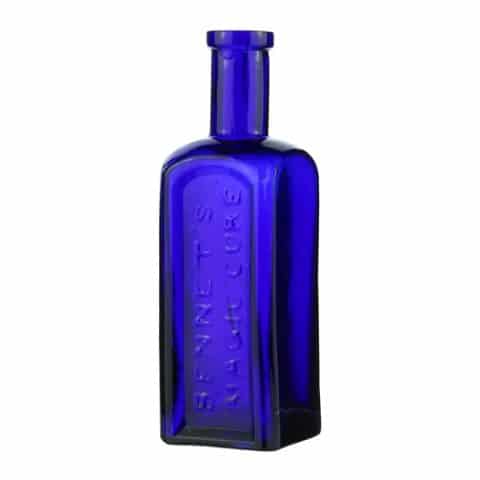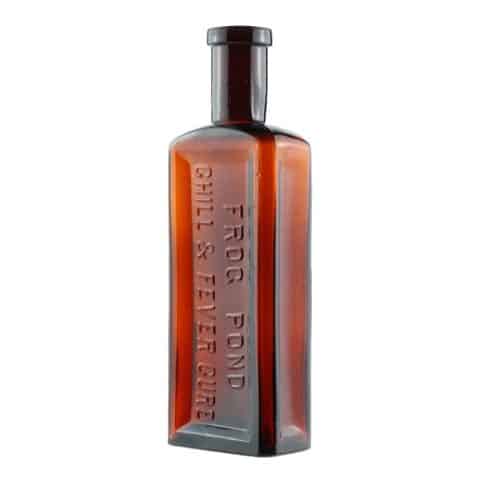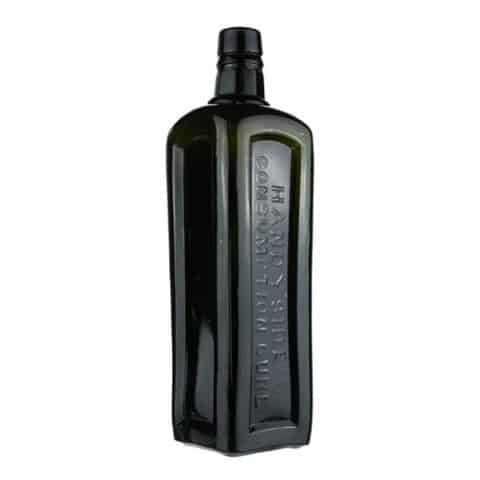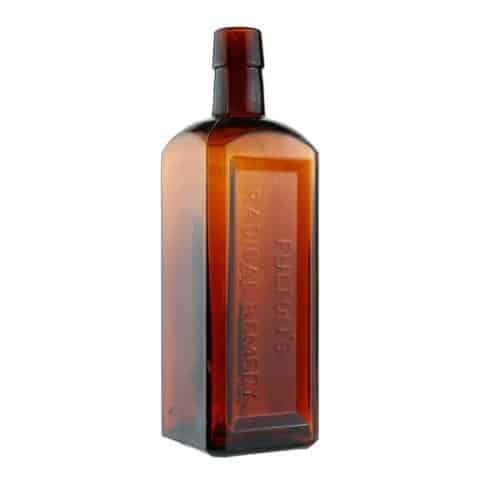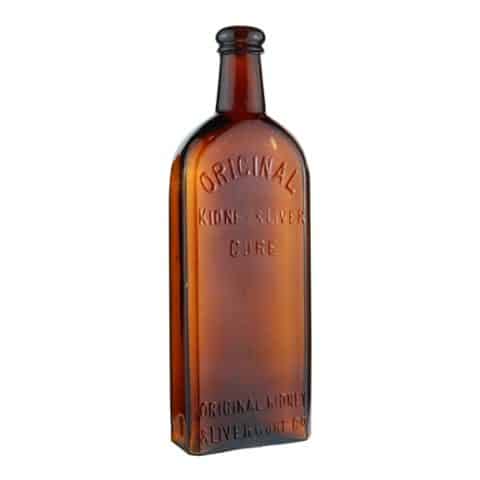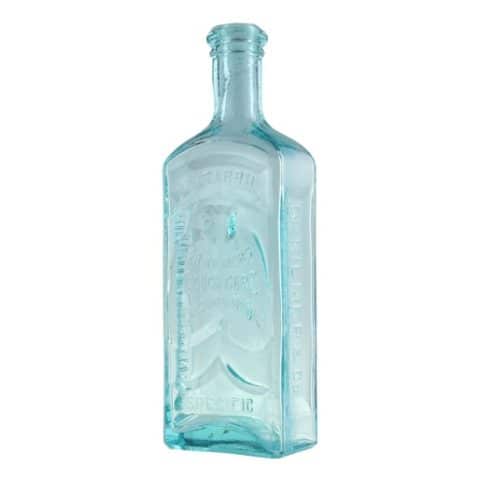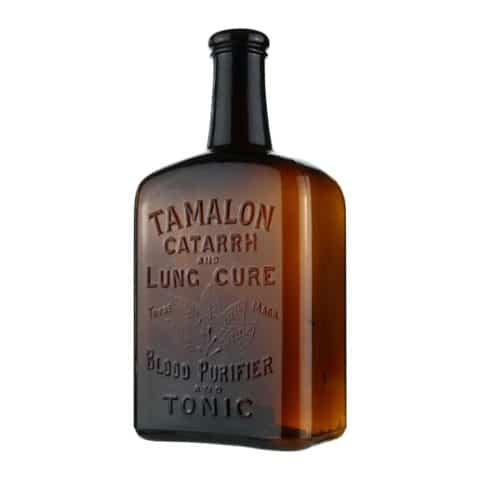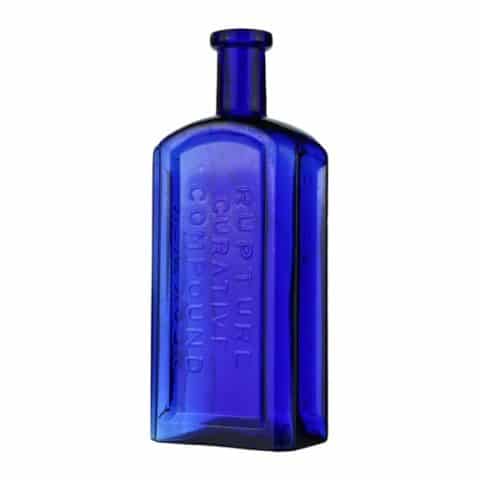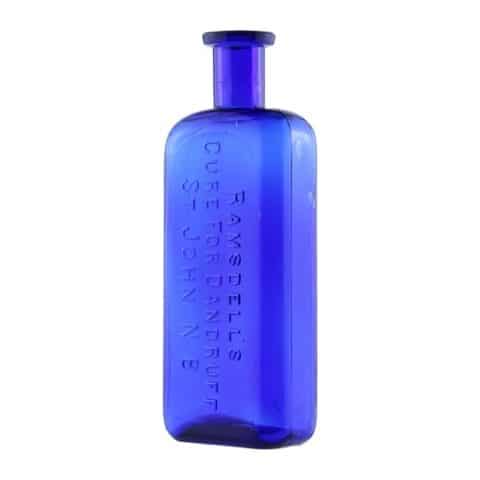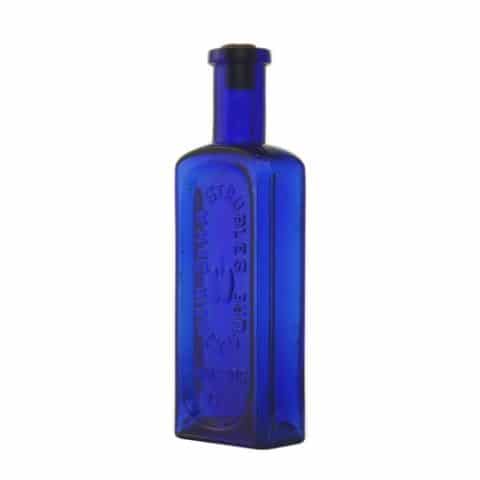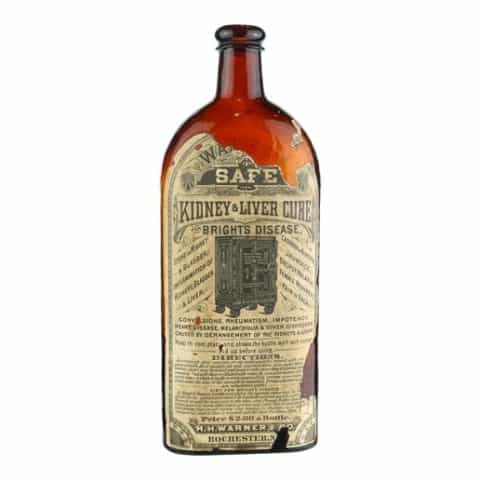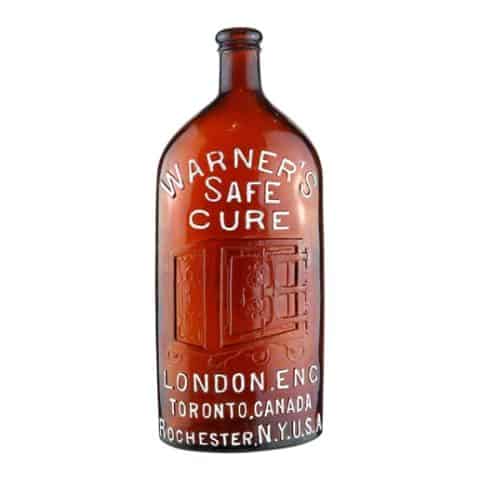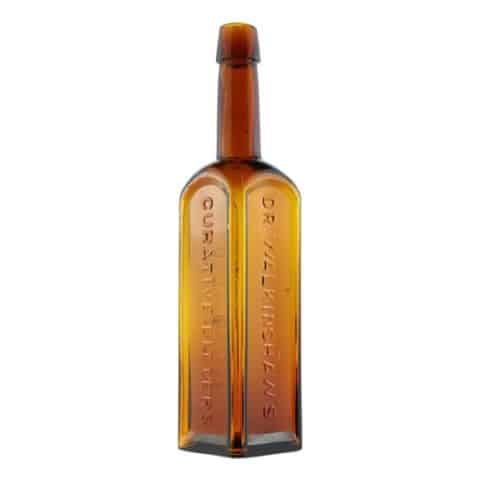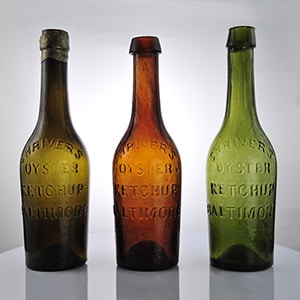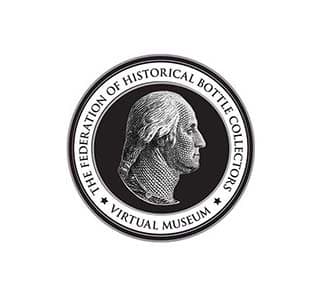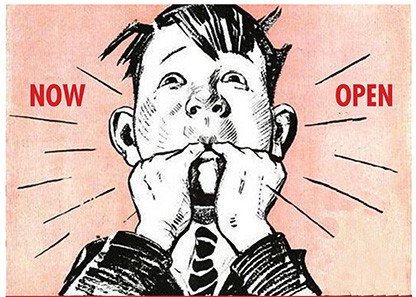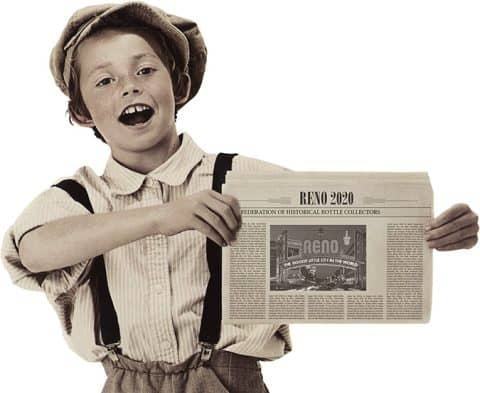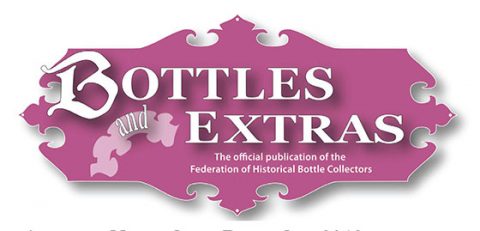Fulton’s Radical Remedy Sure Kidney Liver And Dyspepsia Cure
Fulton’s Radical Remedy
Sure Kidney Liver And Dyspepsia Cure
John J. Fulton, San Francisco, California
Amber Square Medicine
Provenance: Bob Jochums Collection
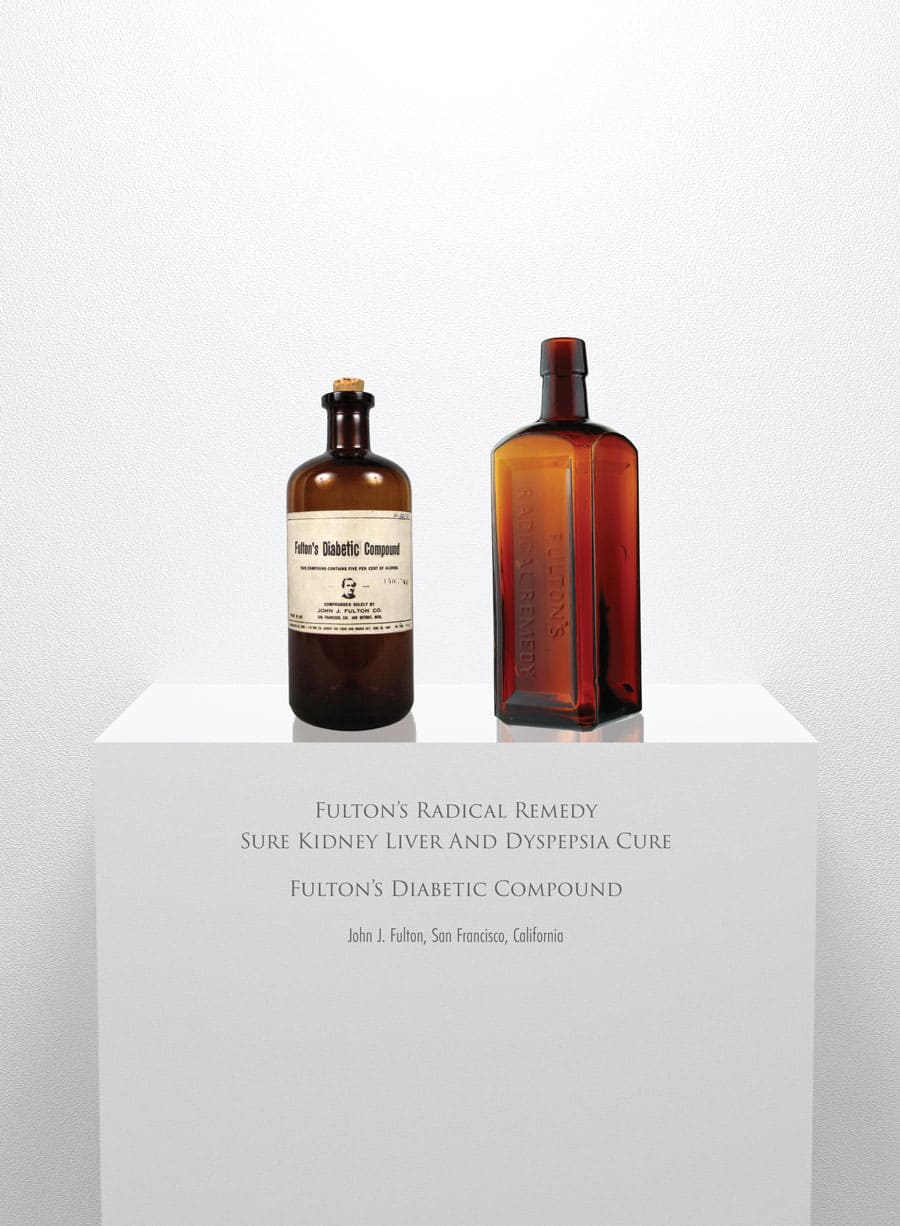
John Jack Fulton must have had a late-life epiphany, or was it all an elaborate marketing plan? He was 52 years old and had already uprooted his family from the Allegheny region of Pennsylvania to migrate west, looking for riches and a better life. He was a lifelong tanner and currier, but that would all change. With 19th-century proprietary medicine men, anything was possible, and the line between fiction and reality was often blurred or bent to fit the circumstances and objectives.
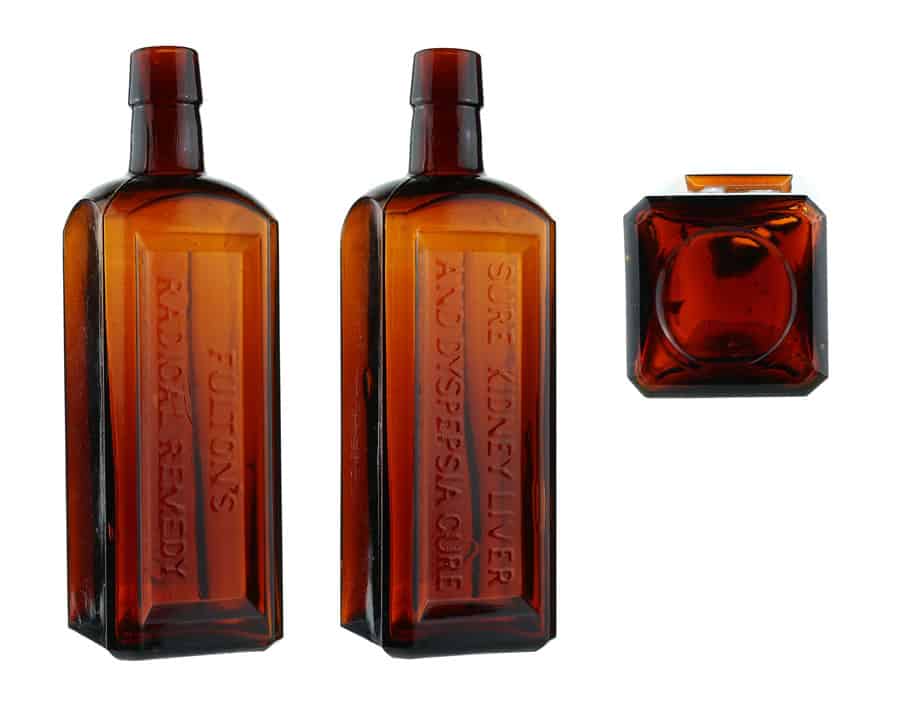
Our museum example of an amber “Fulton’s Radical Remedy Sure Kidney Liver and Dyspepsia Cure” bottle is 9 inches tall by 2 ¾ inches square with beveled corners and most likely came from a San Francisco glasshouse in the mid-1880s. There is a tooled sloping collar mouth and a smooth base with an indented circle. Two opposite vertical rectangular side panels are inset, chamfered, and contain the embossed copy. The first inset panel is embossed from shoulder to base “FULTON’S RADICAL REMEDY’ in two centered sans serif lines. The opposite side is embossed similarly: “SURE KIDNEY LIVER AND DYSPEPSIA CURE.” The remaining sides are blank and smooth and would have been where the proprietor placed paper labels.
As the story goes, it was in 1869 that John J. Fulton, now settled in San Francisco, was in feeble health and was compelled to call a physician. Dr. Toland stood at the head of his profession, so he put himself in his hands. Dr. Charles Gridley Toland was a lifelong medical advisor well-known in the city. He founded San Francisco’s first medical school in 1863, and its first class of just eight students graduated in 1865. In 1873 Toland, with a $100,000 grant, affiliated Toland Medical College with the University of California. UCSF would become one of the top medical schools in the United States.
Dr. Toland’s real name, however, was Charles Gridley, but after his mother married the late Dr. Toland, he adopted the name of his stepfather. Fulton was a dashing young man, cultivated and refined. In every way, he was one whose good graces, pleasant smiles, and professional disposition could not fail to deeply impress any person he met.
After a careful examination, Dr. Toland asked John Fulton if he was ready to hear the whole truth about himself, and Fulton said yes. The doctor thereupon told him that he had far advanced Bright’s Disease that was incurable. He said he might live for several years with proper care but would be an invalid in his remaining years. And thus did Dr. Toland lay the foundation for the Fulton’s Compounds, for his diagnosis and conclusions inspired John J. Fulton to resolve to make the fight for his life that ended in their discovery.
Fulton must not have been too sick and did not become an invalid as he remained a foreman with Cox, Willcut & Co., employed as a tanner and currier working in a hose factory. By now, he was married to Rebecca Jack, with a family that included children Alice 19, William 14, Eva 10, and Albert 6. As far as Bright’s Disease (glomerulonephritis), many cases resolve spontaneously, which may explain Fulton’s recovery.
As Fulton’s “story” goes, John J. must have worked in a sequestered room in his house where he “moonlighted” as a chemist and tried nearly everything conceivable to put a halt to his “impending death” that Dr. Toland projected. As one concoction after another failed, then came a series of two years of experiments with diuretics combined that finally resulted in a medicine that inspired his miraculous complete “recovery.”
As an aside, Dr. Charles Gridley Toland would soon marry a stunning young lass who was a patient from a prominent local family. He convinced her to “keep it quiet” until the right announcement time. You see, Dr. Toland was already married! Read here.
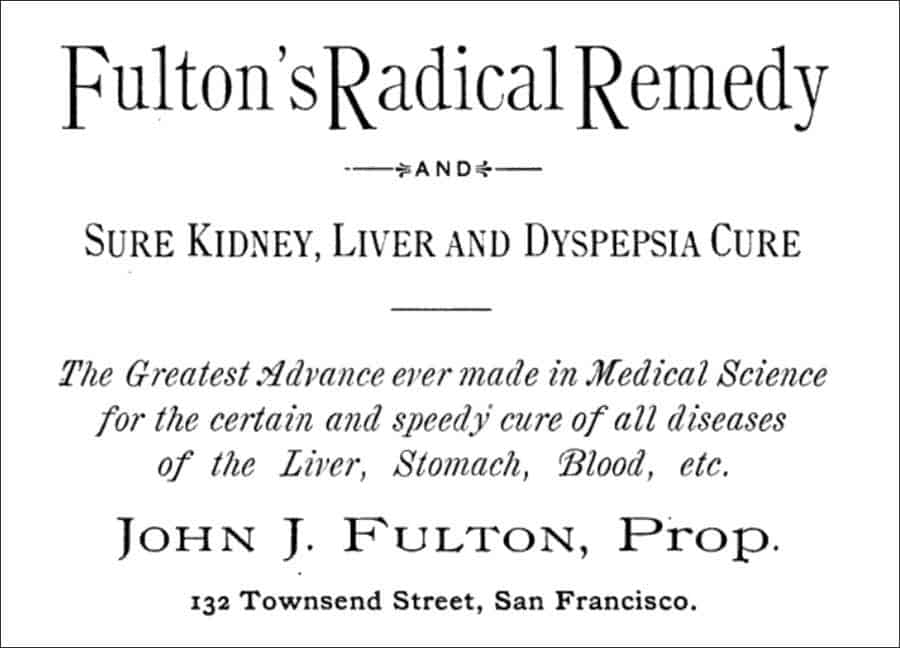
John J. Fulton thought little of the potential value of his invention until some of his neighbors took his concoction and were also cured. The year was 1885, and the San Francisco city directory listing for John J. Fulton included, for the first time, “patent medicines” next to his name. By 1887 he had named his new medicine Fulton’s Radical Remedy Sure Kidney, Liver and Dyspepsia Cure, calling it “The greatest advance ever made in Medical Science for the certain and speedy cure of all diseases of the Liver, Stomach, Blood, etc.” The number of people cured by Fulton’s Radical Remedy grew until people in the city’s business sector saw the value of the Compounds and announced to the world the discovery of the long-sought cure for Bright’s Disease and Diabetes!
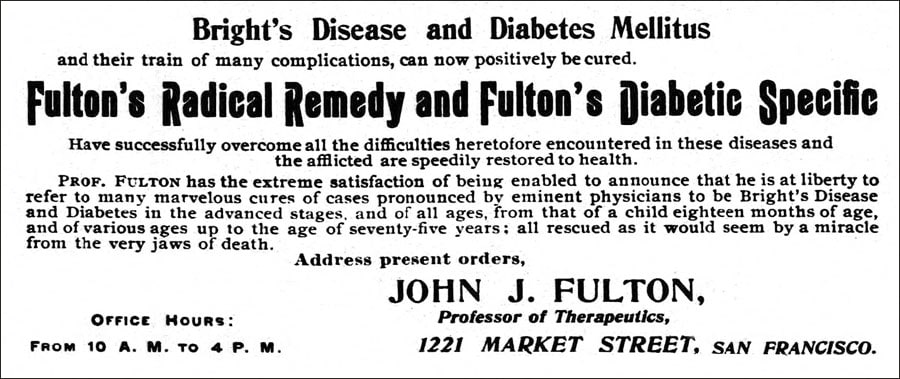
Newspaper testimonials crowed that those who recovered owed their lives to the incidents recounted above and numbered in the thousands as Fulton’s miracle discovery story and marketing grew. Purportedly, new business investors and incorporators of the Radical Remedy believed that Fulton Compounds had no competition in the known world and thought Fulton should sell the cure for $5 a bottle. In a moment of “kindness,” they realized that too many poor people were afflicted, and their necessities needed consideration. The Renal Compound for Bright’s and Kidney Disease was priced at $1, and the Diabetic Specific was $1.50.
Thirty-five years after Dr. Toland’s decree, J. J. Fulton, now in his 87th year, was described as “hale and hearty and downtown daily,” working from his new John J. Fulton Company address.” His advertising now said he was a Professor of Therapeutics. It was easy back then to have important titles generated to help a person and product sound and look more legitimate. Prof. Fulton said you could stop by his office for a free analysis and pamphlet.
John J. Fulton died on February 25, 1905, of what was presumed old age. It was not Bright’s Disease. His compounds were carried on in over-the-counter preparations until the Pure Food and Drug Act, in a series of legislations, tempered and tried to halt these bold claims and shady concoctions.
Primary Image: “Fulton’s Radical Remedy Sure Kidney Liver and Dyspepsia Cure” bottle imaged on location by Alan DeMaison, FOHBC Virtual Museum Midwest Studio.
Support Image: Auction Lot 9617: FULTON’S RADICAL REMEDY KIDNEY LIVER AND DYSPEPSIA CURE, measuring roughly 9 inches tall, Color: Amber, Mouth Finish: tooled sloping collar mouth. Appearance: sparkling glass. Condition: no damage, appears to be attic mint. Embossing: strong. Base: smooth – Greg Spurgeon, North American Glass, February 2015
Support Image: Fulton’s Diabetic Compound, Over the Counter Preparation, 8 in x 2 7/8 in, John J. Fulton Company, San Francisco, California, 1908-1918 – Smithsonian National Museum of American History, Behring Center
Join the FOHBC: The Virtual Museum is a project of the Federation of Historical Bottle Collectors (FOHBC). To become a member.

